McGroarty Home
1923 – Arthur B. Benton
The present, landmarked home that’s HCM No. 63 is the last of four Verdugo Hills homes built by John Steven McGroarty – poet, journalist, playwright, historian, politician, and Tujunga's first mayor. (His niece later claimed McGroarty was even responsible for naming Tujunga.)
J.S. McGroarty was born in Pennsylvania in 1862. He earned his teaching certificate by the age of 16 and was elected Justice of the Peace when he 21. Before he turned thirty, and right around the time he married Ida Lubrecht, he was also elected County Treasurer. Finally, he was admitted to the Pennsylvania Bar when he was 32.
In 1896, he went west to Montana to work on the legal staff of copper king Marcus Daly. Five years later he made the move to California.
McGroartys’ first house in the Verdugos was a cabin he called the “Little High House”. After he built his second home down the hill, the cabin became McGroarty’s study.
Moved by the apparent suicide of German munitions-maker Friedrich Alfred Krupp, McGroarty wrote the poem “The Dead Gun Maker”.
Death and blood and disaster
Spoke his great name in dread;
And now, in his shroud, the master
That fashioned the guns lies dead.
It caught the eye of Los Angeles Times publisher Harrison Gray Otis, who printed it on the editorial page. It was the start of McGroarty’s long journalism career with the paper, most notably with his column, “From the Green Verdugo Hills”.Spoke his great name in dread;
And now, in his shroud, the master
That fashioned the guns lies dead.
In 1903, Teddy Roosevelt visited San Buenaventura Mission, inspiring McGroarty to compose the poem “Just California”.
Sun and dews that kiss it,
Balmy winds that blow,
The stars in clustered diadems
Upon its peaks of snow;
the mighty mountains o'er it,
Below, the white seas swirled--
just California, stretching down
The middle of the world.
Balmy winds that blow,
The stars in clustered diadems
Upon its peaks of snow;
the mighty mountains o'er it,
Below, the white seas swirled--
just California, stretching down
The middle of the world.
Click here to read all of "Just California".
McGroarty and Mission Play cast members.
All in all, McGroarty was most famous for writing The Mission Play, based on the history of California’s coastal missions. First performed in the summer of 1912, the play was performed more than 3,200 times over the course of decades.
A 1941 performance of The Mission Play, in Riverside, California.
The indefatigable McGroarty was hired as editor of West Coast Magazine in 1906, editing it until 1914.
On Easter Sunday in 1922, the Cross of San Ysdiro, patron saint of homes, was raised on the hill behind McGroarty’s house. It didn’t help a whole lot: his second home burned down the day after Christmas, 1922.
The charred remains of either home #2 or #3.
Fire destroyed the third home less than a day after a huge housewarming party and less than a year after home #2 was also destroyed by fire. The fourth home, called Rancho Chupa Rosa (Humming Bird Ranch), was completed in 1924.
The view from the porch.
In 1933, declared California’s third Poet Laureate by act of state legislature. It was a title he held until he died.
The three colored-glass windows were given to McGroarty by Frank Miller. Miller owned the Riverside Mission Inn where the playwright wrote The Mission Play.
McGroarty was elected to the U.S. House of Representatives in both 1934 in 1936. His tenure was marked by his about face on the New Deal (from pro to con) and his work on an early version of Social Security.
He ran unsuccessfully for the Democratic nomination for California’s Secretary of State in 1938.
That's Ida above the fireplace.
Where California's Poet Laureate made his sandwiches.
John Steven McGroarty died on August 7, 1944. Ida had died in 1940.
Besides The Mission Play, his plays include El Dorado, Babylon, and La Gitan. Among his books are California: It’s History and Romance, California of the South, Los Angeles from the Mountains to the Sea, and Just California and Other Poems.
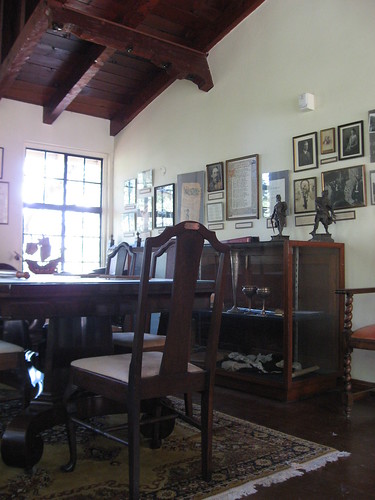
The items in the site's John Steven McGroarty Memorial Archive-Library were donated to the city by Margaret McHale, McGroarty's niece, who inherited the property from her uncle.
In 1955, the home and a dozen acres were purchased for $30,000 (or, “In 1953, his home and sixteen acres…” or "1953/12 acres, as I’ve also seen reported). The home became the McGroarty Arts Center in 1974. Twelve years ago, the city gave up responsibility of running the Center. Since then, general management and raising operating funds has been taken up by volunteers. The organization’s website says the center offers “affordable, ongoing eight-week classes for adults and children in many varieties of fine, literary and performing arts, as well as many cultural and community events throughout the year.”
McGroarty's desk
Up next: Plaza Park
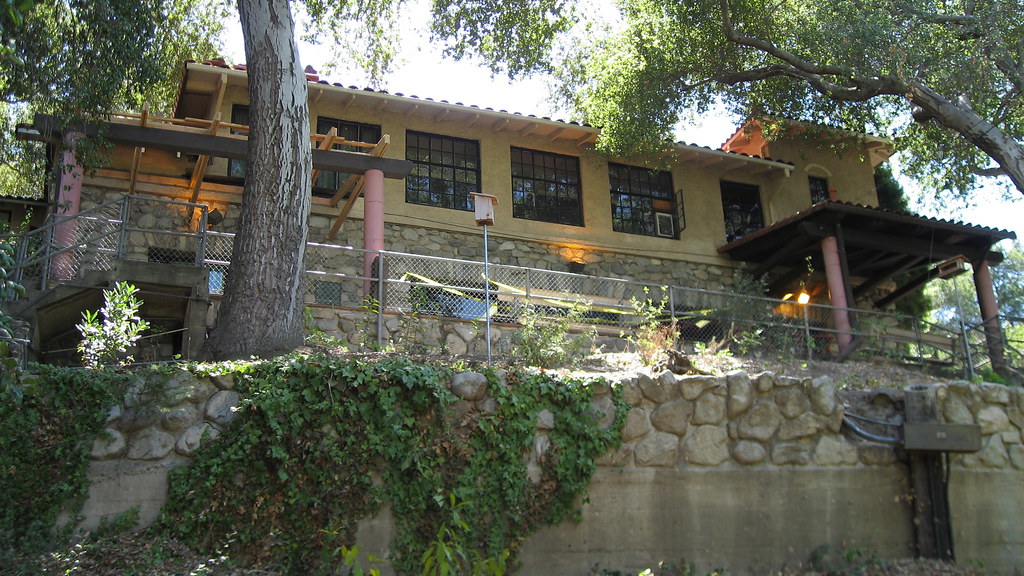
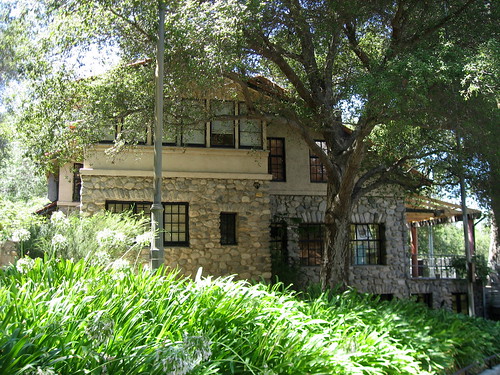
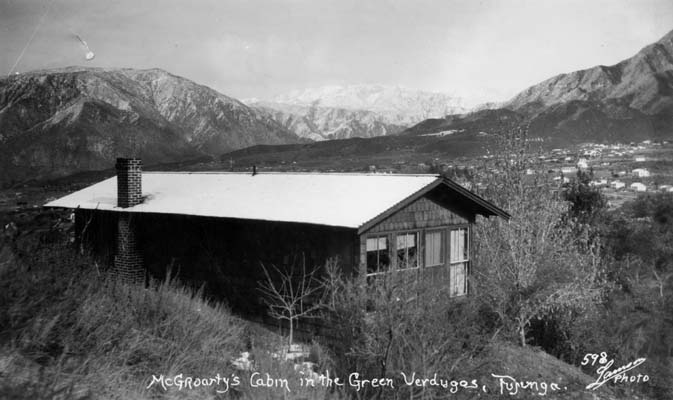
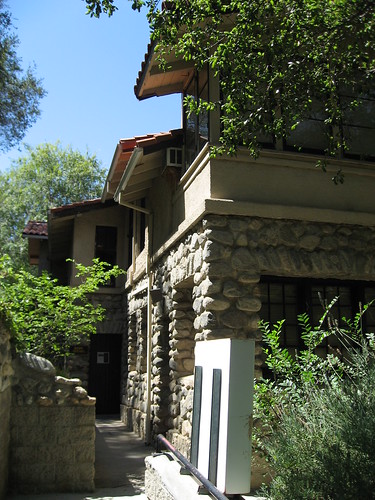
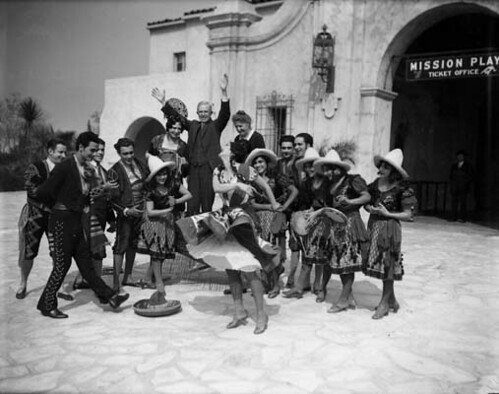
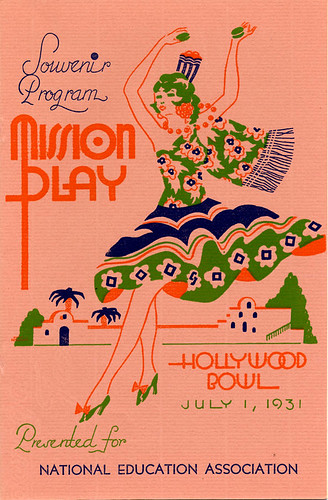
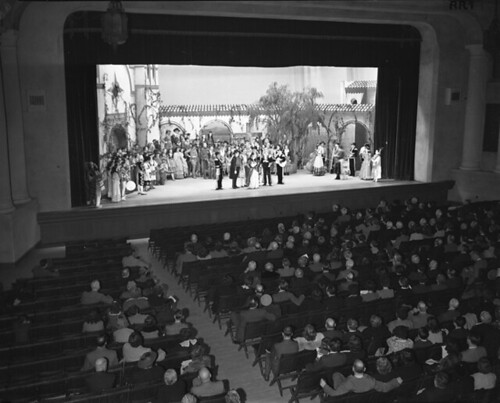
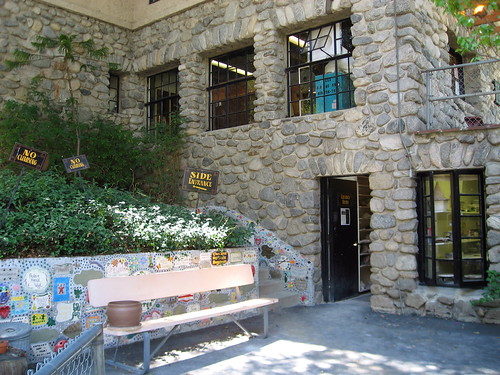
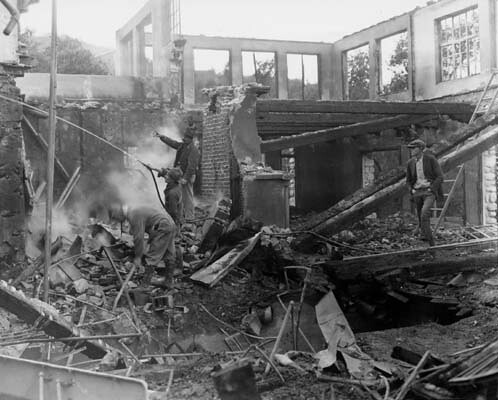
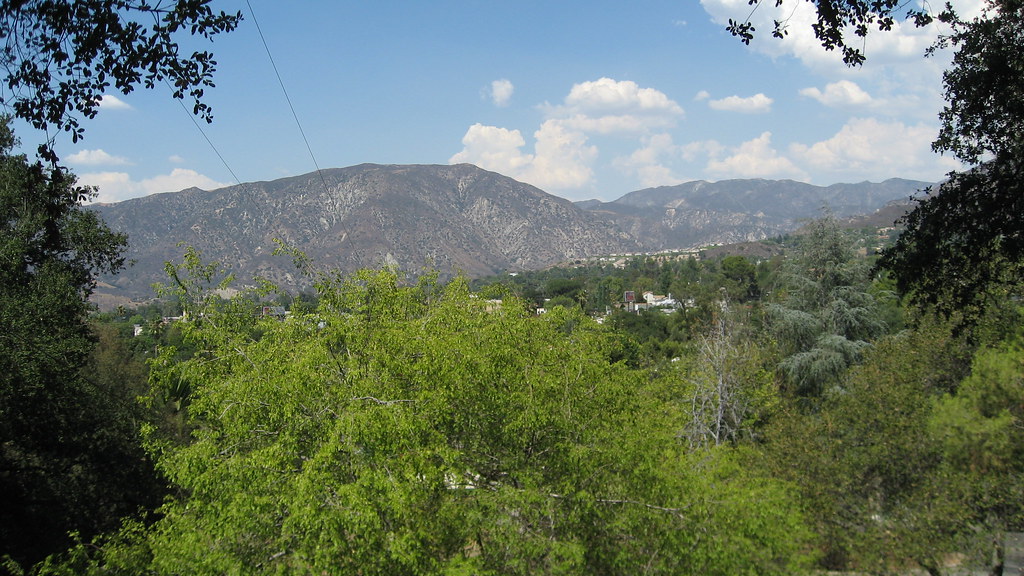
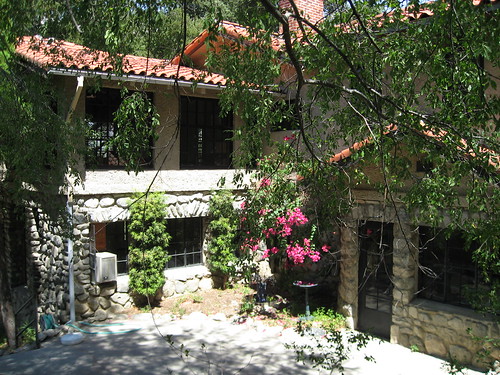
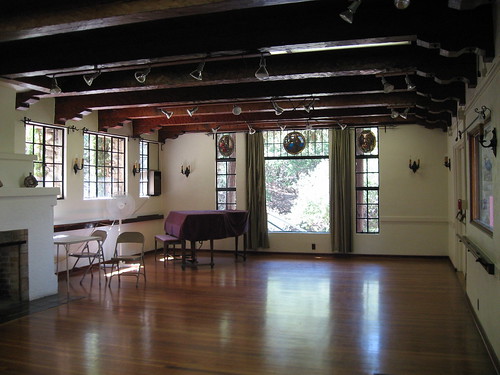
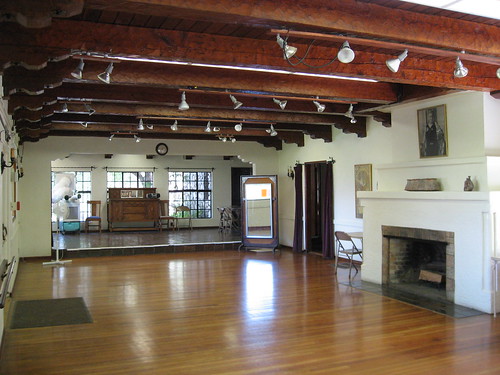
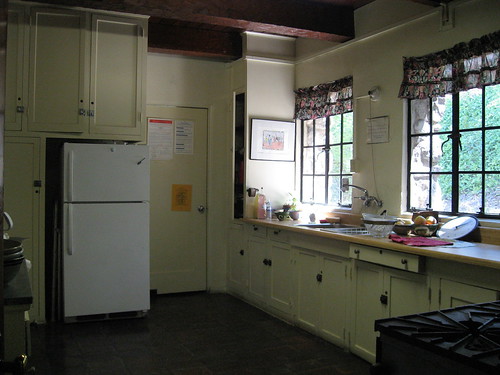
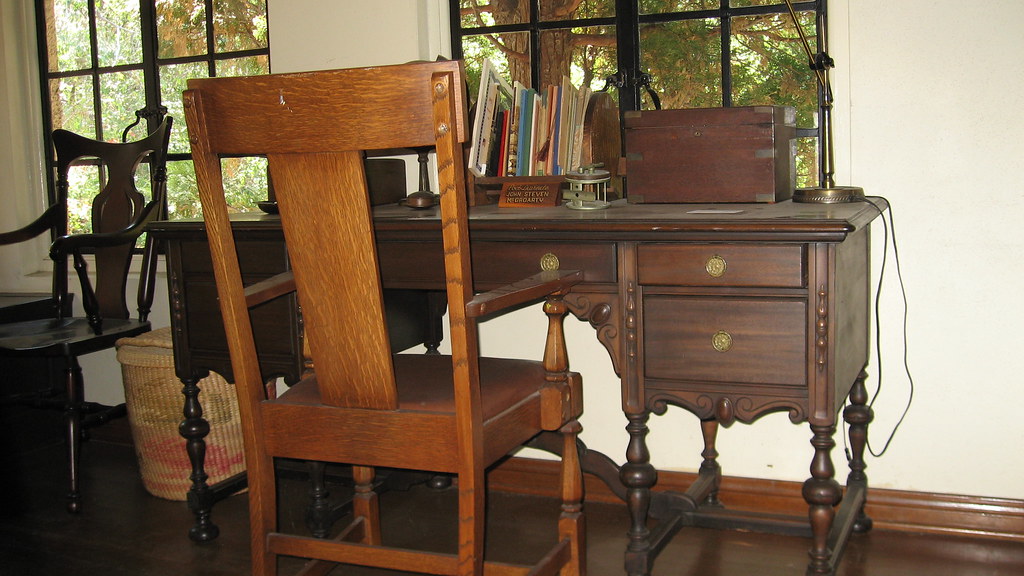
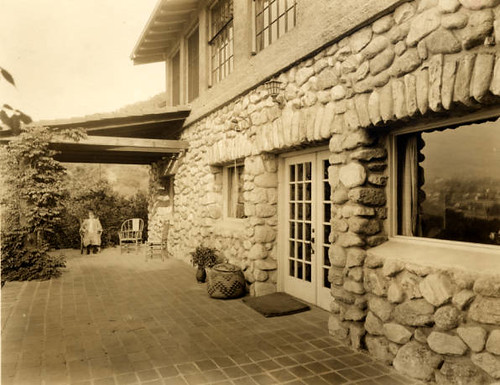
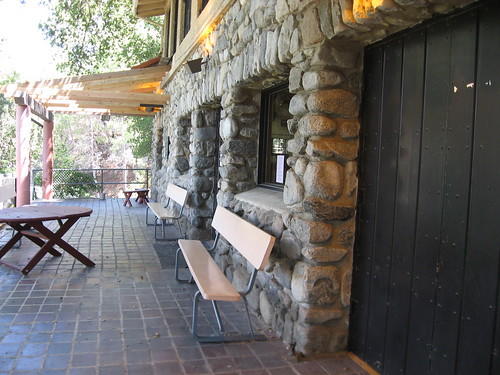

No comments:
Post a Comment